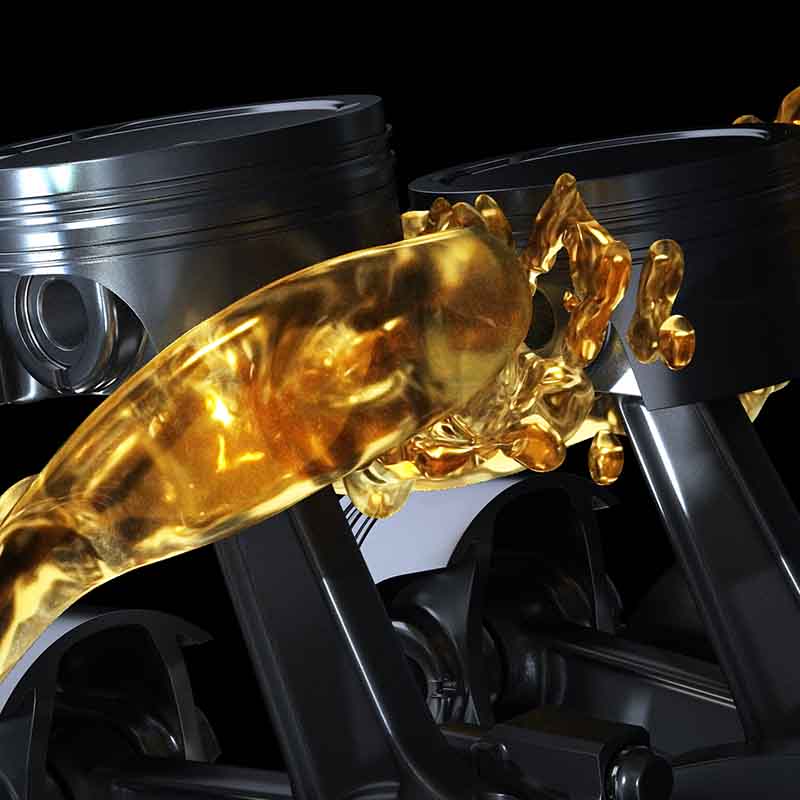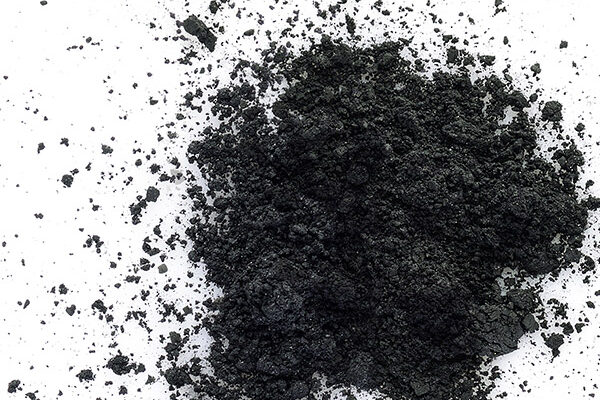Proposed use
The proposed chemical additives reduce the fluid film friction of lubricated mechanical components under high pressure (elastohydrodynamic) conditions to increase their efficiency.
Problem addressed
Mechanical components with sliding surfaces can cause friction which may lead to lower efficiency and higher energy consumption. Rolling bearings and gears are widely used systems where energy is dissipated. These components have small contact areas between the sliding surfaces (around 200 µm in width/diameter) resulting into extremely high pressures (GPa range) regions and the viscosity in these regions may increase significantly. As an example, 5.9% of the total fuel energy of a passenger car is consumed due to viscous shearing of the oil film within the high-pressure region.
One of the most common approaches to increase the efficiency of machines is the use of viscous lubricants to form a film between the contacting surfaces of the components. Higher viscosity leads to thicker films to separate these contact surfaces but also to higher viscous friction. On the other hand, low viscosities produce thinner films which cause severe solid-solid rubbing contact contributing to surface damage and shortening components lives. Therefore, new approaches are needed to lower viscous friction and minimize the energy consumption of the mechanical systems and reduce the CO2 emissions.
Technology overview
Researchers from the Department of Mechanical Engineering have found that long chain n-alcohols (e.g., 1-dodecanol) reduce the viscosity of lubricant compositions. The effectiveness of these chemical additives is due to the formation of hydrogen bonding under the high contact pressures. Other chemicals with a functional group capable of hydrogen bonding (e.g., amines or carboxylic acids) would also work under elastohydrodynamic lubrication conditions.
Some advantages of these chemical additives is that friction is reduced without modifying the film thickness.
Other known friction modifying additives only work when components are in contact. However, the presented additives are effective in liquid and when the lubricant partially bears the load applied. They do not work when the applied load is borne by the solid-solid contact and friction is produced in these regions.
The concentration of these additives in the lubricant composition can vary and their performance improves as the concentration is increased. For example, when the additive is blended with car’s engine oil at 1:10 ratio, the high-pressure friction is reduced by approximately 30%.
Benefits
- Additives reduce the effective viscosity of oil under high pressure, but the viscosity at low pressure does not change.
- Reduction of fluid friction (viscous dissipation).
- Friction reduction can be up to 70% depending on concentration.
- Can be combined with other friction-modifying additives to reduce the viscous friction of any lubricant under elastohydrodynamic conditions.
- Effective in liquid
- No requirement for complicated redesign of machines.
Intellectual property information
Lubricant compositions, International patent application number WO2019/193368. The application is also published in the US as US-2021-0095220 and in Europe under the number EP3775117.





